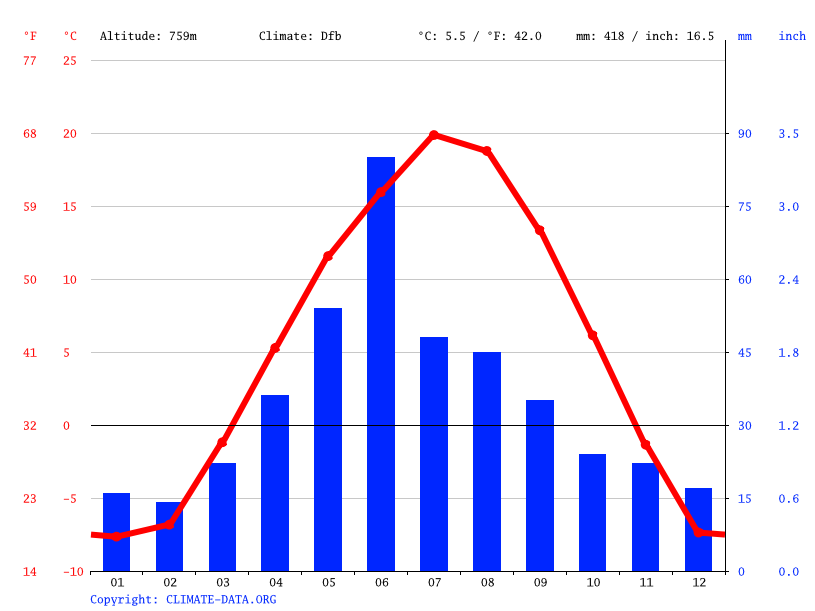

By the end of the flood, almost every river in Oregon had flooded and more than 30 major bridges were impassable. The flod claimed 17 people in Oregon and caused hundreds of millions of dollars in damage. For many basins in Oregon, the flood peaks during this winter event remain the record. Record amounts of rain fell on low-elevation snow and frozen ground. Although 150 homes were destroyed, telephoned warnings prompted an immediate evacuation and Ione residents escaped to high ground.įlash flood sweeps through Heppner, Oregon on June 14, 1903 Bodies of some of those killed in the flood were washed as far as 40 miles downstream to the Columbia River.Ī similar fate would have been in store for the citizens of Ione, just 20 miles downstream. There are no rainfall records available for this storm because the weather observing station was completely destroyed, drowning the observer and his entire family. Only about 15 minutes separated the first rainwater in Willow Creek at Heppner and the flood crest.

The massive runoff of water was a result of heavy rain falling on the barren rocky hills, then flowing into the Willow Creek watershed. In all, one-third of the towns' structures were destroyed. Eyewitnesses say they saw a 40-foot wall of water and the ensuing flood raged through town for over an hour. The entire town was swept away in just a few short minutes, drowning about 247 people. Heavy rain fell in a short time, creating severe flash flooding along Willow Creek, normally a peaceful stream flowing through the town center. The storm covered a very small area, probably no more than 50 square miles. A strong thunderstorm, bringing extremely heavy rain and hail, approached Heppner, OR. This was the most deadly natural disaster in Oregon's recorded history.


 0 kommentar(er)
0 kommentar(er)
